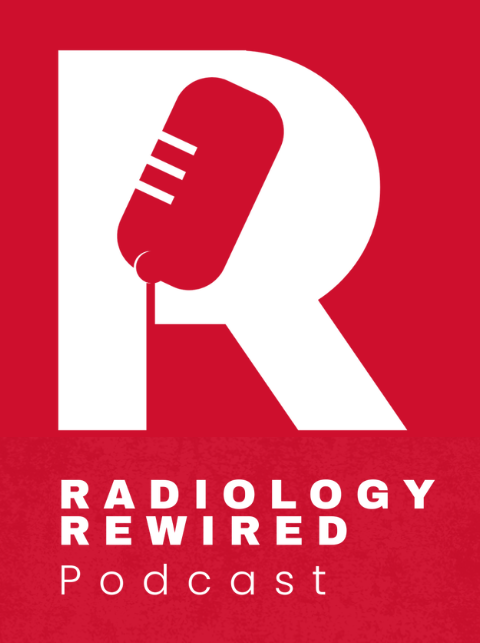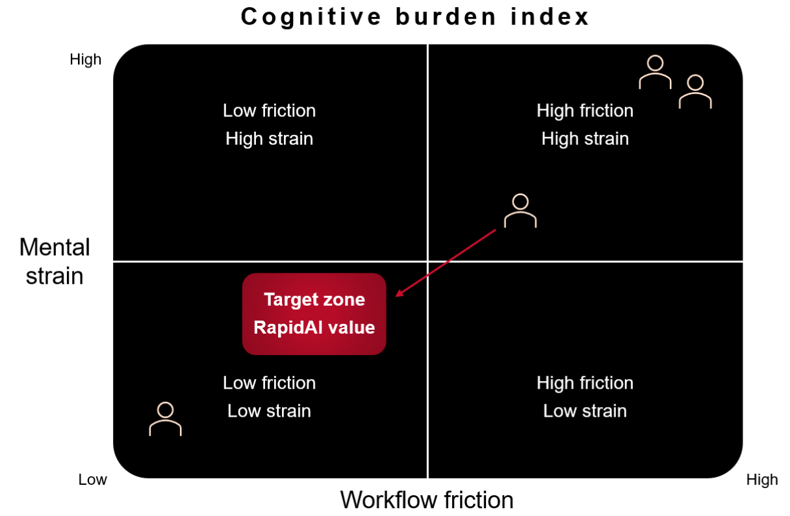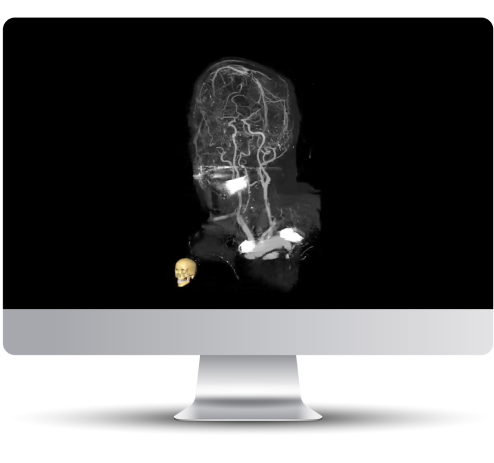RapidAI is proud to partner with the Brain Aneurysm Foundation to help educate the public about understanding the signs of a brain aneurysm and how medical teams are detecting and treating brain aneurysms with technological advancements.
Understanding Unruptured Brain Aneurysms
While a brain aneurysm could be a potential problem, not all aneurysms rupture. An estimated 6.5 million people in the United States have an unruptured brain aneurysm, while 30,000 aneurysm ruptures occur each year.
Risk Factors and Causes
Unruptured brain aneurysms can develop silently, typically resulting from arterial wall weaknesses accumulated over time. Key risk factors include:- High blood pressure (hypertension)
- Cigarette smoking
- Family history of brain aneurysms
- Age and gender (more common in adults over 40 and women)
- Certain genetic conditions (e.g., polycystic kidney disease)
- Head trauma or infections
What is a brain aneurysm?
A brain aneurysm is caused by a weak or thin spot in the blood vessel wall, which may balloon and fill with blood. Brain aneurysms that have not ruptured are usually asymptomatic. They are typically small and are incidentally detected when a patient is scanned for other reasons.
While prompt brain aneurysm treatment is recommended, often unruptured aneurysms will have no symptoms warning you to seek help. Getting prompt medical attention and a scan is vital if you do experience symptoms of an unruptured brain aneurysm.
In rare circumstances, unruptured brain aneurysms can cause symptoms when they grow large and press on nerves. These symptoms of an unruptured brain aneurysm include:
- Blurred or double vision
- A drooping eyelid
- A dilated pupil
- Pain above and behind one eye
- Weakness and/or numbness
Individuals experiencing a sudden severe headache (often referred to as the "worst headache" of their life) should seek medical attention immediately, as this could point to ruptured brain aneurysms.
When is it a ruptured brain aneurysm?
If an aneurysm rupture occurs, a serious kind of stroke called a subarachnoid hemorrhage happens, causing blood to spill into the space between the brain and the skull. Due to the reduction in blood flow to the brain, a medical event such a significant rupture can be life-threatening.
A ruptured brain aneurysm may cause sudden, intense symptoms, including:
- A thunderclap headache (“worst headache of your life”)
- Nausea or vomiting
- Stiff neck
- Seizures
- Loss of consciousness
Most commonly, brain aneurysms cause noticeable symptoms only when they rupture. A ruptured brain aneurysm can lead to heavy bleeding, brain damage or death.
Detecting and tracking brain aneurysms before they rupture
A brain scan is a test that produces detailed images of the brain. In this case, it would help investigate whether you have an unruptured brain aneurysm and determine its size, location and morphology to help guide potential treatment or monitoring options.
If the physician detects an unruptured aneurysm, they will evaluate whether to track the aneurysm over time or treat the aneurysm. Decisions around treating most aneurysms that have not ruptured will be specific to the patient.
Some of the factors that help make the decision include:
- Size of the aneurysm
- Morphology of the aneurysm
- Location of the aneurysm
- Previous aneurysm rupture
- Family history of aneurysms
- Growth of the aneurysm (as observed over time through scans to monitor the aneurysm)
If the physician decides to track the aneurysm, regular check-ups to monitor the aneurysm will be recommended.
Frequently Asked Questions
What is an unruptured brain aneurysm?
An unruptured brain aneurysm is a bulge or ballooning in a blood vessel in the brain that has not yet burst. These aneurysms often have no symptoms and are usually discovered during imaging tests for other conditions. Early detection is critical to managing rupture risk.
What are the symptoms of an unruptured brain aneurysm?
Most unruptured brain aneurysms do not cause symptoms. However, if they grow large enough, they may press on nearby nerves and cause:
- Blurred or double vision
- Drooping eyelid
- Pain above or behind the eye
- Numbness or weakness
If symptoms occur, prompt medical evaluation is essential.
What happens when a brain aneurysm ruptures?
A ruptured brain aneurysm can cause a life-threatening condition known as a subarachnoid hemorrhage, which is bleeding in the space between the brain and the skull. Symptoms include a sudden severe headache, nausea, stiff neck, seizures, or loss of consciousness. Emergency treatment is critical.
How are unruptured brain aneurysms detected?
They are typically detected using non-invasive brain imaging such as CTA (computed tomography angiography), MRA (magnetic resonance angiography), or MRI. These scans help assess the aneurysm’s size, location, and morphology, which are vital for evaluating rupture risk and treatment options.
What are the treatment options for unruptured brain aneurysms?
Treatment decisions depend on aneurysm size, location, shape, and the patient’s health. Options include:
- Observation and regular monitoring
- Surgical clipping
- Endovascular coiling
AI-enabled imaging, such as from RapidAI, helps guide these decisions with detailed insights.
Who is at risk of developing a brain aneurysm?
Risk factors include:
- High blood pressure
- Smoking
- Family history of aneurysms
- Female gender and age over 40
- History of trauma or certain genetic conditions
These factors increase the chance of both developing and rupturing an aneurysm.
How does deep clinical AI help with unruptured brain aneurysms?
RapidAI provides advanced AI-powered imaging tools to detect and monitor unruptured brain aneurysms. Its platform allows for precise measurement, visualization, and risk assessment, helping clinicians make faster, more accurate treatment decisions.
FDA-cleared imaging platform for unruptured aneurysm visualization and measurement
Image interpretation tools like Rapid Aneurysm are helping physicians improve patient care by supporting clinical decision-making for brain aneurysms. Rapid Aneurysm processes brain images and provides 3D models of the blood vessels. It includes tools to visualize, measure, and track aneurysms more efficiently than current methods, and helps physicians plan the enraptured aneurysm treatment strategy.
Rapid Aneurysm's measurement and visualization tools can help you understand your potential cerebral aneurysm diagnosis, collaborate with your physician, and be informed and involved when deciding the treatment plan.
Learn more about brain aneurysms, symptoms, and risk factors by visiting Brain Aneurysm Foundation (bafound.org).



